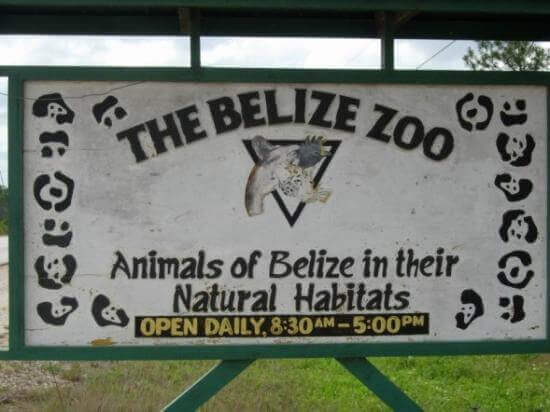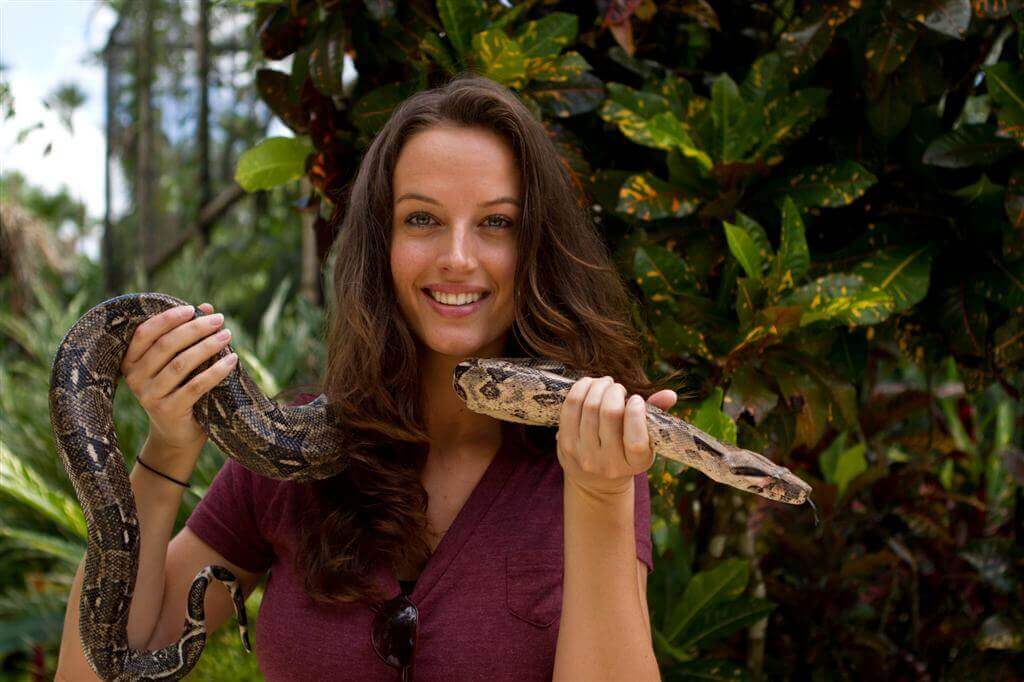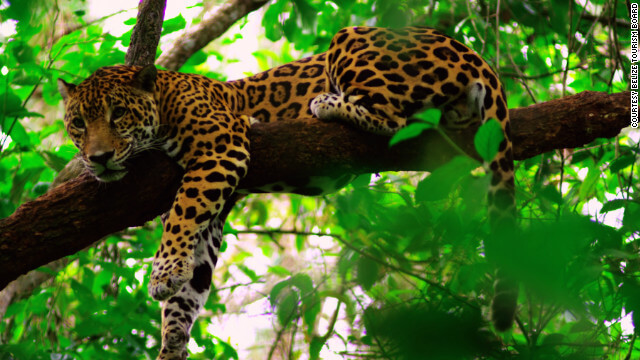
Today, the Belize Zoo and Tropical Education Center spread out over 29 acres of tropical savanna and exhibit over 150 animals, representing more than 45 species, all native to Belize. The zoo keeps animals that were orphaned, rescued, born at the zoo, rehabilitated, or sent to the Belize Zoo as donations from other zoological institutions.
A visit to the zoo is the best way to get an introduction to the native fauna of Belize and to understand why it is important to protect the habitats that sustain them.
Belize has approximately 145 species of mammals living within its boundaries. Mammals exist within all the different habitats of Belize, from the manatee and dolphins of the coastal zone to the 5 different species of wildcats that live deep within our lush, broadleaf forests. According to a recent account, Belize supports 543 species of birds. Birds thrive in all of Belize’s habitats. Wading birds congregate along the coastline and inner lagoons.
The Belize Zoo supports a small display of the common snakes of Belize including the most dangerous of Belizean snakes, the Fer-de-Lance. The zoo is also home to two species of crocodiles: the Morelet’s and American crocodile. “Rose”, an American Crocodile is an ambassador for her species; she accompanies “Balboa”, a fellow Morelet´s crocodile, on educational programs to make children and adults aware of their importance.

Learn about the ecology and importance of Belize’s savanna ecosystem, and witness some of the wildlife found in this unique habitat, such as the endangered yellow-headed parrots, armadillos, agouti and grey fox.
You can also see the animals at night on the “Behind the Scenes” tour. Hold a friendly Boa constrictor. Learn about the natural history of these endangered species from the expert zookeeper guides. See the animals close up in their natural habitat exhibits.
The Belize Zoo and Tropical Education Center receive over 54,000 visitors annually, 12,000 including school children as part of the progressive education programs. Popular zoo events include birthday parties in April for the Tapir, “Junior Buddy” the Jaguar, and “Panama” the Harpy Eagle; summer camps and student career training.




